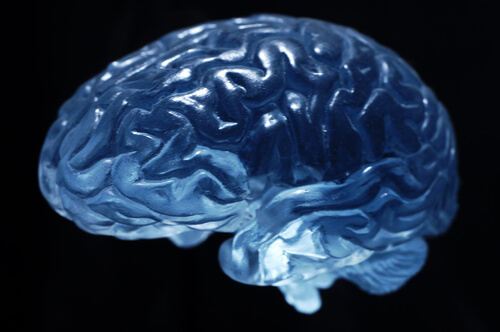
Mild Traumatic Brain Injury (mTBI) has been called a silent epidemic. A common myth is that mTBI victims quickly recover from their injuries. Despite a growing body of research that has shown mTBI injuries are not, in fact, “mild,” it can be difficult to demonstrate the long-term problems many mTBI victims suffer.
Langdon & Emison’s litigation practice is limited almost exclusively to clients who have suffered catastrophic injuries – including a wide range of TBI severity. We have encountered similar hurdles in nearly every TBI case we have handled, particularly when presenting evidence of mTBI to juries. Below we discuss these hurdles and strategies we have used to overcome them.
Hurdle 1: A High-Functioning Plaintiff
In a recent trial, we represented a decorated Marine who was a helicopter pilot and war college instructor. Our client suffered an MTBI in an auto accident caused by the defendant driver. The defense strongly contested the brain injury and our lost earnings capacity claim because our client continued instructing after the crash. To counter:
- We did not exaggerate the severity of the Injury. Instead of trying to find evidence the injury was more severe than what it was, we focused on documented deficits (e.g., slower reaction time).
In addition, analogies are also helpful to explain an mTBI to a jury; for example, most jurors are familiar with what can happen when you drop a computer or there is a power surge. The computer might look fine from the outside, but circuits could be compromised and it may not operate as fast or perform as usual.
Hurdle 2: Negative Diagnostic Tests
Often, CT scans only identify brain bleeds or fractures; however, a negative scan does not rule out TBI. In fact, mTBI is typically associated with normal structural neuroimaging findings. Often, defense counsel will focus on normal brain imaging scans or ER records that did not diagnose a brain injury. Combat these defenses with:
- Lay witnesses, including family, friends and co-workers who can describe how the plaintiff changed after the crash.
- An expert biomechanic who can explain how the force of the crash caused a brain injury.
Hurdle 3: Inconsistent Records on Loss of Consciousness
A client is often a poor historian for loss of consciousness (LOC). Even in cases where a witness testifies an LOC occurred, the defense will dispute the claim if medical records are inconsistent. To counter, build the case from the beginning:
- Obtain written statements from the first witnesses on scene.
- Contact EMT and emergency personnel early. They may confirm that negative LOC simply means they did not personally witness LOC. Ask them to explain the timeline from receiving the call to arrival on scene to document a possible delay in assessing LOC.
Mild TBI’s status as a “silent epidemic” is not only a substantial barrier to patients receiving necessary care, it is also a barrier to mTBI victims receiving justice in the courtroom. However, these challenges can be overcome. Attorneys should plan and prepare for these challenges from the initial intake of the case. Important first steps include interviewing emergency responders and scene witnesses early in order identify and assess the client’s injuries. In addition, attorneys should rely on treating physicians and lay witnesses to describe the client’s injuries and deficits. Finally, attorneys should narrow the scope of evidence to documented injuries and deficits.
Contact Langdon & Emison
Langdon & Emison is recognized as one of the nation’s top personal injury law firms. Our attorneys have deep experience representing people who have suffered traumatic brain injuries, spinal cord injuries and other types of life-altering injuries. If you or a loved one has suffered a serious injury due to the negligence of another party, contact our firm for a free case evaluation at 866-931-2115 or click on the chat button to the right.

